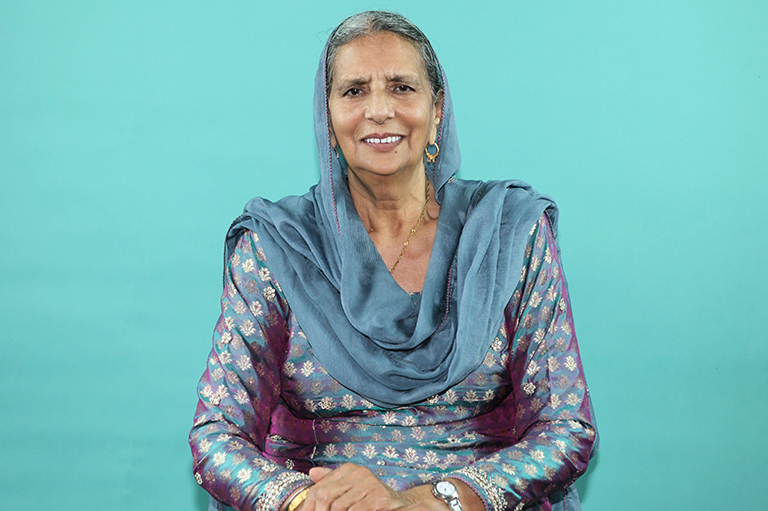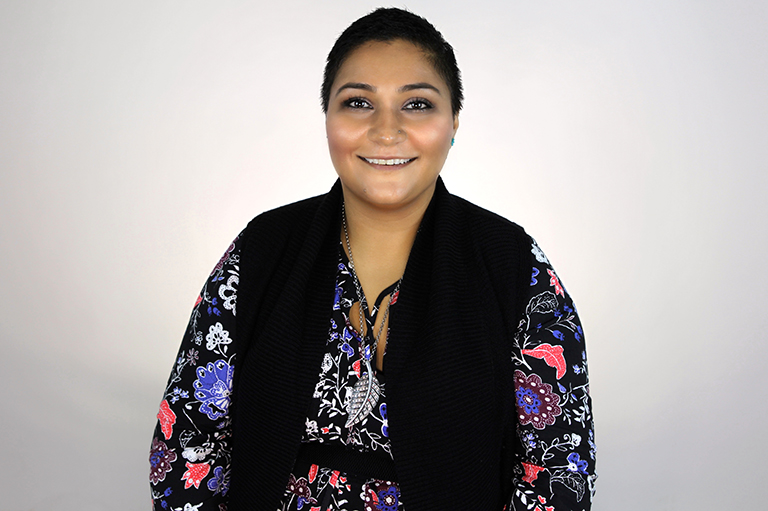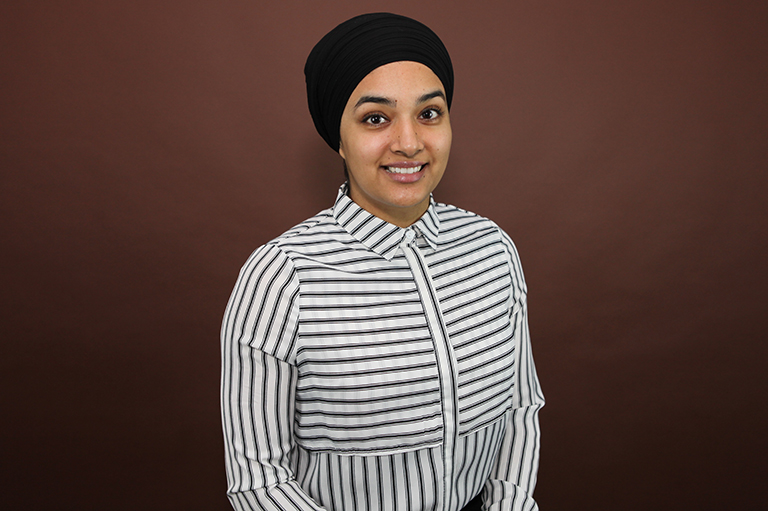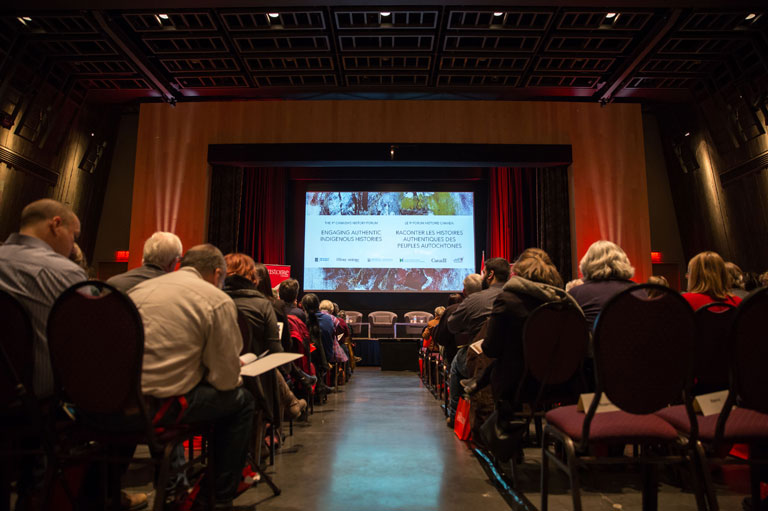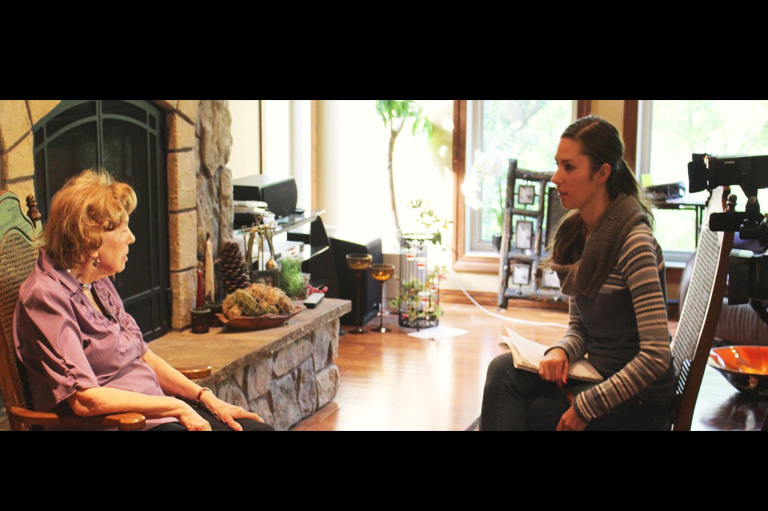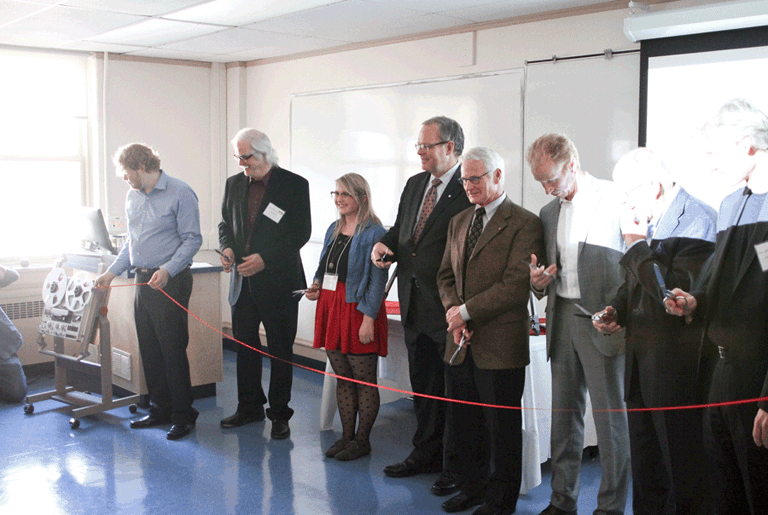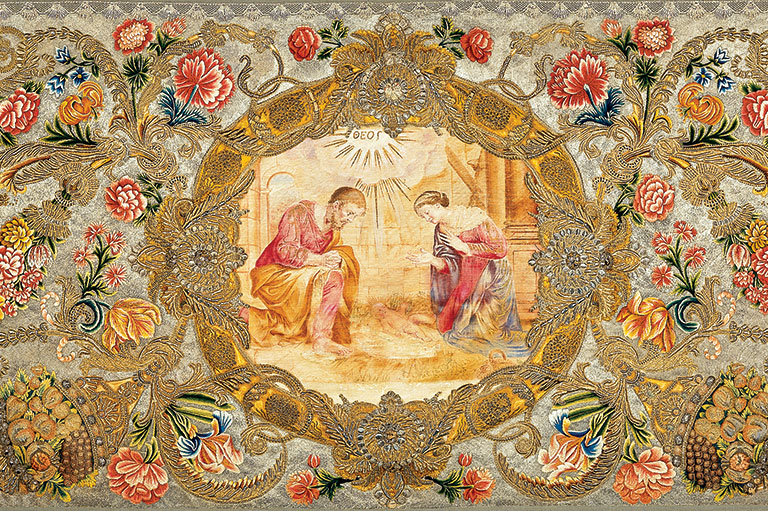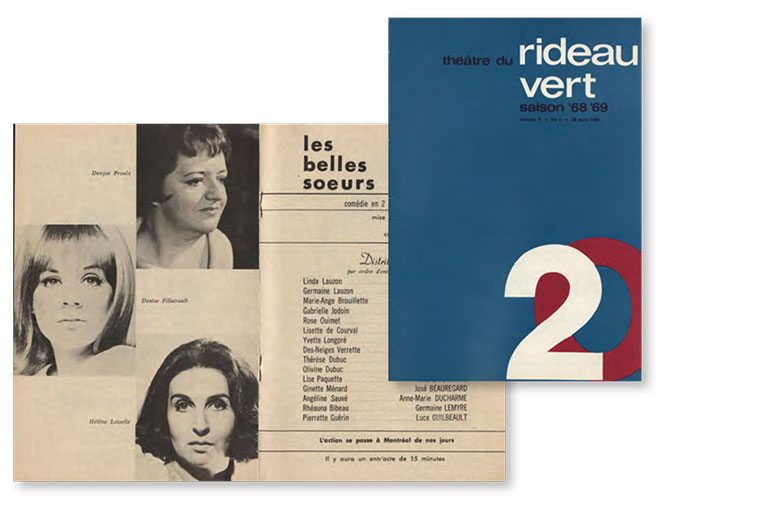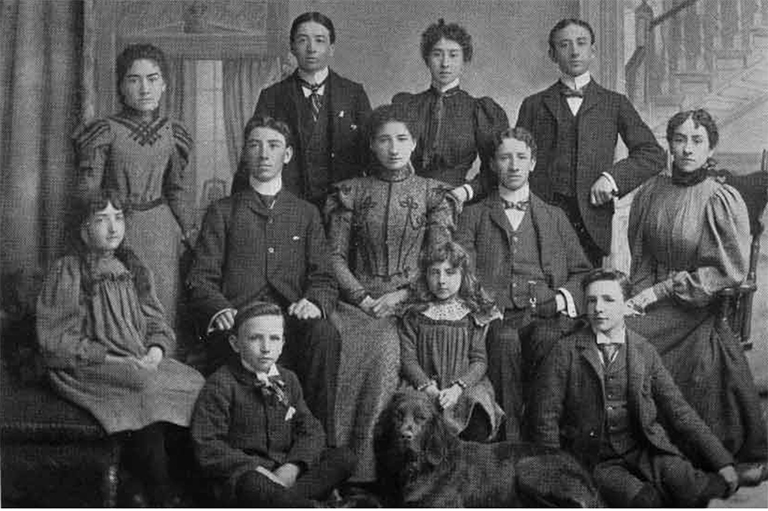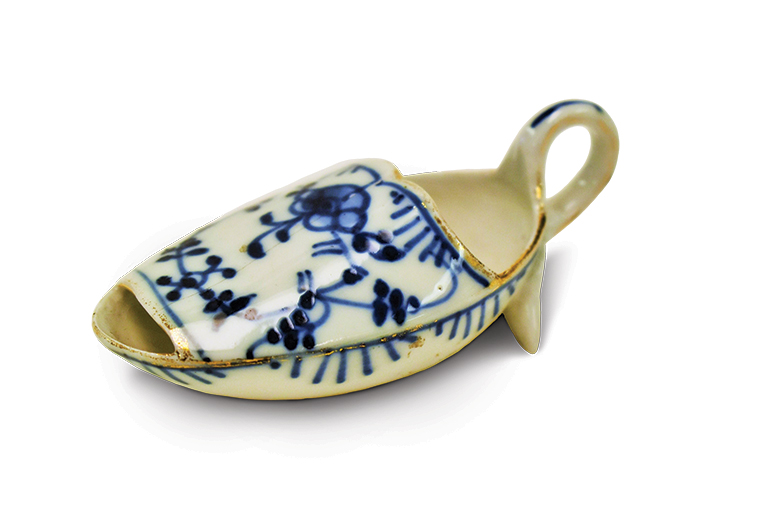The Unheard Voices of the Kaur
It’s believed that the first Sikhs to emigrate to Canada were a group of soldiers travelling through the country en route to Queen Victoria’s Diamond Jubilee in England in 1897. Admiring British Columbia’s lush landscape, they chose to stay.
Since then, the Sikh community in Canada has grown to more than 468,000, with more than one third of the population living in British Columbia. A new project in that province is showcasing the stories of Sikh women, whose accomplishments have traditionally been ignored or marginalized by historians.
The Kaur Project, created by Jessie Kaur Lehail and Saji Kaur Sahota, is an online resource filled with stories and photos of women in B.C. with the traditional Sikh name Kaur.
Kaur — meaning prince — is typically adopted by Sikh women as a middle name or surname. It is meant to symbolize gender equality in that religion (men typically adopt the middle name or surname Singh, which means lion). The naming practice began in 1699 as a way of liberating Sikhs from the strict caste system of ancient India. Gender equality is a tenet of the Sikh religion.
Lehail said the Kaur Project gives a voice to Sikh women, whose stories have historically been either untold, or diminished.
With 7 uniquely curated newsletters to choose from, we have something for everyone.
“It’s like so many religions — women are just the extra people,” said Lehail.
Although a few Kaurs have achieved prominence in traditional histories, Lehail said their stories have typically been told only in relation to their male counterparts.
“The Kaur Project is really showcasing that Sikh women exist and these are our stories,” Lehail said.
In March 2015, Lehail and Sahota designed the theoretical framework for the project and launched the website. So far eighty Kaurs have been featured, but Lehail said it was difficult at first to find women from the Sikh community who would agree to speak with them.
“They didn’t really understand what we were doing,” said Lehail. “But this reaction from the community aligns with … that historical tradition of women not really being showcased.”
Lehail said that, since Kaur voices have been silent for so long, the women she contacted found it unusual to be asked about their stories.
To put their interview subjects at ease, Lehail and Sahota make conversations as consistent and comfortable as possible. Interviews are kept to a tight twenty-minute time limit, and photo shoots are just as quick. The women who volunteer to be interviewed are in complete control of the story they choose to tell about themselves and of the way they choose to appear in their photographs.
“Creating that opportunity for them to be involved really aligns with a researched perspective,” said Lehail. “They are active participants in this whole process.”
Lehail hopes the Kaur Project will highlight the many different ways that Sikhs approach their religion.
“It showcases that there is diversity within the Sikh religion… and each person is applying Sikhism in their own way,” said Lehail.
If you believe that stories of women’s history should be more widely known, help us do more.
Your donation of $10, $25, or whatever amount you like, will allow Canada’s History to share women’s stories with readers of all ages, ensuring the widest possible audience can access these stories for free.
Any amount helps, or better yet, start a monthly donation today. Your support makes all the difference. Thank you!
Themes associated with this article
Advertisement


